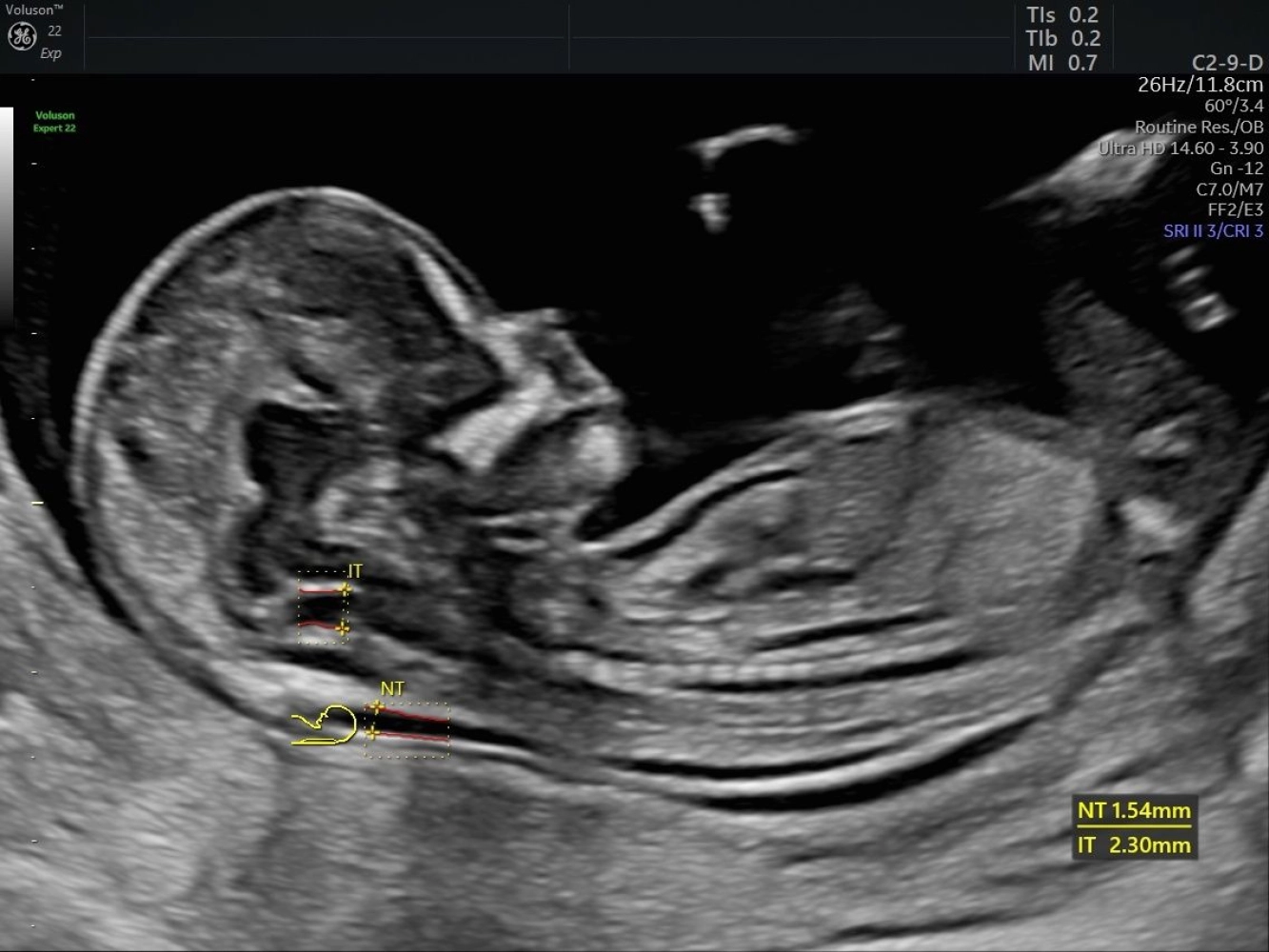Diabetes Mellitus is a condition that hinders the body's efficient utilization of glucose. The body breaks down simple carbohydrates (such as sugar in soft drinks or jam) and complex carbohydrates (like rice or noodles) into glucose. The bloodstream carries this glucose, which is then metabolized by various tissues in the body under the regulation of insulin. Insulin, a hormone produced by the pancreas, a small organ situated behind the stomach, plays a crucial role. The absence of insulin or resistance to its effects prevents glucose from entering cells to serve as an energy source. This leads to the accumulation of glucose in the bloodstream, causing diabetes mellitus.
What Is Gestational Diabetes Mellitus (GDM)?
Gestational Diabetes Mellitus (GDM) refers to diabetes that develops exclusively during pregnancy. It is a significant condition affecting pregnant women who were previously in good health but are identified with elevated blood glucose levels during pregnancy.
How Does GDM Differ from Type I or II Diabetes?
Type I or II Diabetes: Individuals already have diabetes before becoming pregnant. Type 1 Diabetes Mellitus (formerly known as Insulin-Dependent Diabetes Mellitus or IDDM) involves minimal or no insulin production by the pancreas. In Type 2 Diabetes Mellitus (formerly termed Non-Insulin Dependent Diabetes Mellitus or NIDDM), the primary issue is insulin resistance, often observed in overweight or obese individuals, where insulin receptors are less responsive.
GDM: Occurs exclusively during pregnancy. The hormones produced by the placenta, such as estrogen, cortisol, and human placental lactogen, interfere with insulin action, leading to insulin resistance. The pancreas responds by increasing insulin production to overcome this resistance. If compensation fails, GDM develops. Although women typically recover after childbirth, they remain at a heightened risk of developing diabetes later in life.
These distinctions highlight the unique circumstances surrounding the onset of GDM compared to pre-existing Type I or II Diabetes.
How common is GDM?
Gestational Diabetes Mellitus (GDM) is typically identified after the 24th week of pregnancy and is present in approximately 1-14% of pregnancies annually. If not identified and addressed, GDM can lead to significant complications for both the expectant mother and the fetus or baby.
Who Is Prone to Developing GDM?
Gestational Diabetes Mellitus (GDM) can affect anyone during pregnancy. However, certain risk factors are associated with its occurrence, including:
- A family history of diabetes
- Women aged over 25
- Pre-pregnancy overweight or obesity
- Previous history of GDM
- Ongoing obstetric issues (e.g., hypertension during pregnancy, polyhydramnios)
- History of a large baby (weighing more than 4 kg), stillbirth, or birth deformities
- Recurrent vaginal candidiasis or fungal skin infections
What Is an MOGTT?
The MOGTT, or Oral Glucose Tolerance Test, is administered after the patient has undergone an overnight fast, usually commencing at 10 p.m. the preceding night. A morning blood sample is collected. Subsequently, the patient is instructed to consume a sweetened beverage (containing 75 gm of glucose diluted in 250 ml of water), and another blood sample is obtained two hours later.
When is it am I consider GDM?

Inquiry - Diabetic in pregnancy












